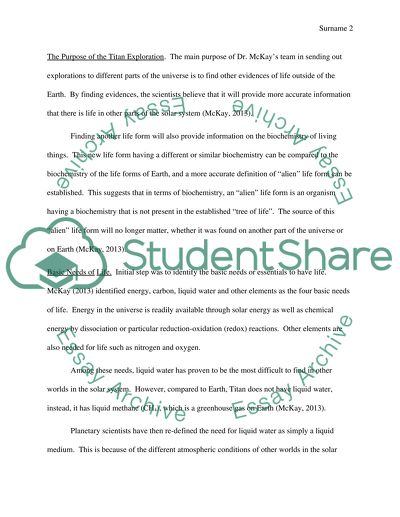Cite this document
(“Saturns Moon Titan: A World with Rivers,Lakes, and Possibly Even Life Movie Review”, n.d.)
Saturns Moon Titan: A World with Rivers,Lakes, and Possibly Even Life Movie Review. Retrieved from https://studentshare.org/physics/1494068-saturns-moon-titan-a-world-with-riverslakes-and
Saturns Moon Titan: A World with Rivers,Lakes, and Possibly Even Life Movie Review. Retrieved from https://studentshare.org/physics/1494068-saturns-moon-titan-a-world-with-riverslakes-and
(Saturns Moon Titan: A World With Rivers,Lakes, and Possibly Even Life Movie Review)
Saturns Moon Titan: A World With Rivers,Lakes, and Possibly Even Life Movie Review. https://studentshare.org/physics/1494068-saturns-moon-titan-a-world-with-riverslakes-and.
Saturns Moon Titan: A World With Rivers,Lakes, and Possibly Even Life Movie Review. https://studentshare.org/physics/1494068-saturns-moon-titan-a-world-with-riverslakes-and.
“Saturns Moon Titan: A World With Rivers,Lakes, and Possibly Even Life Movie Review”, n.d. https://studentshare.org/physics/1494068-saturns-moon-titan-a-world-with-riverslakes-and.


